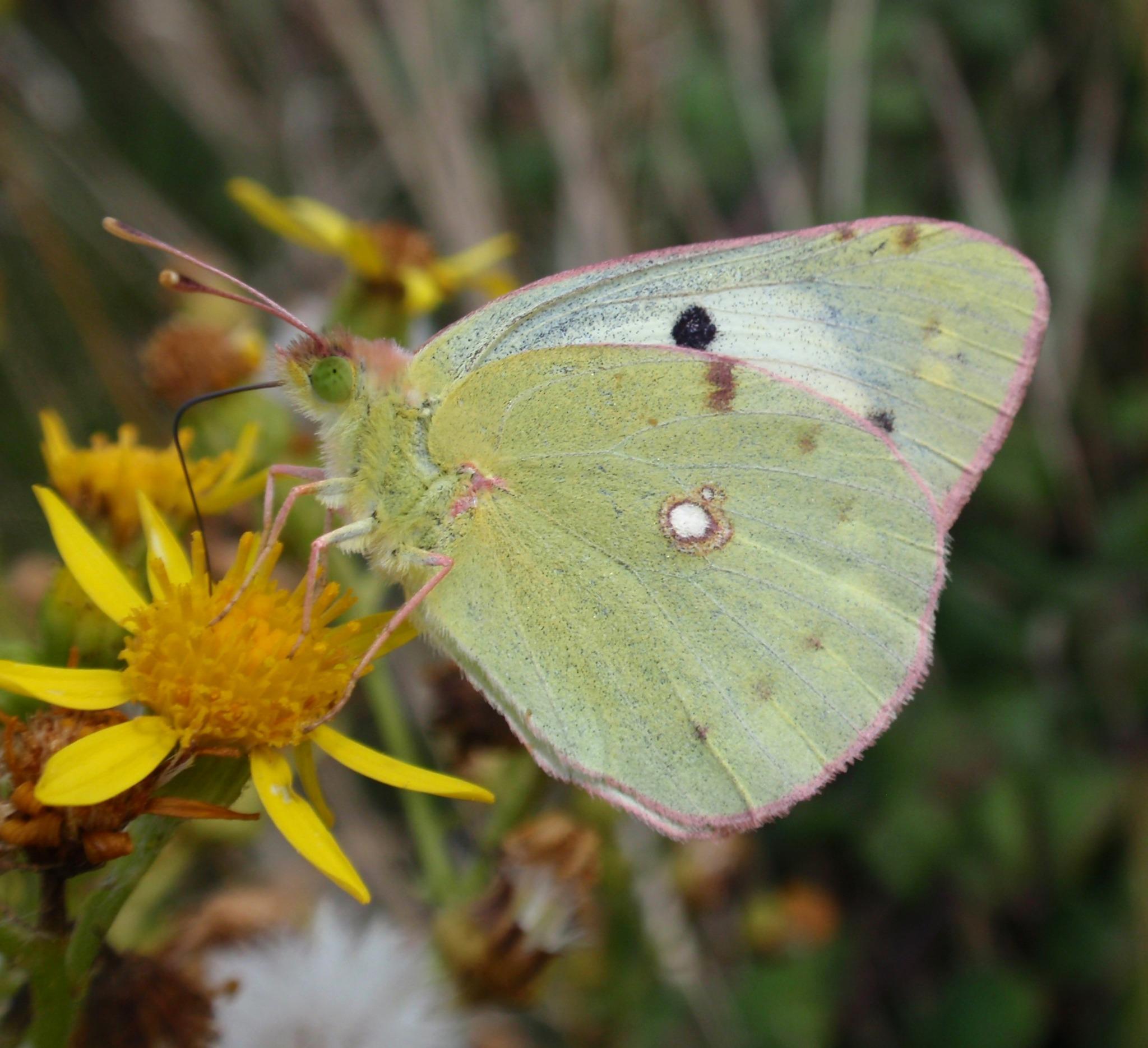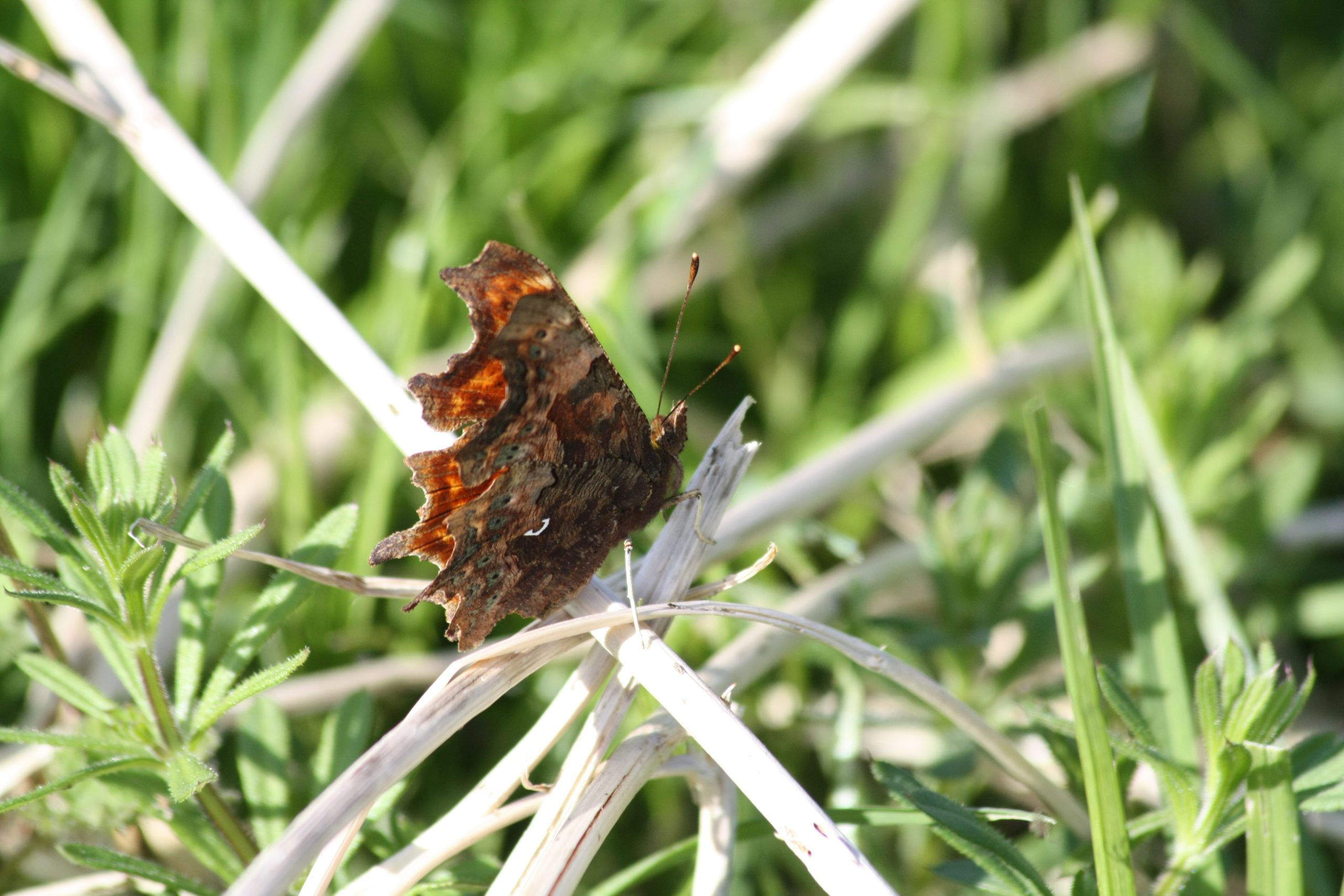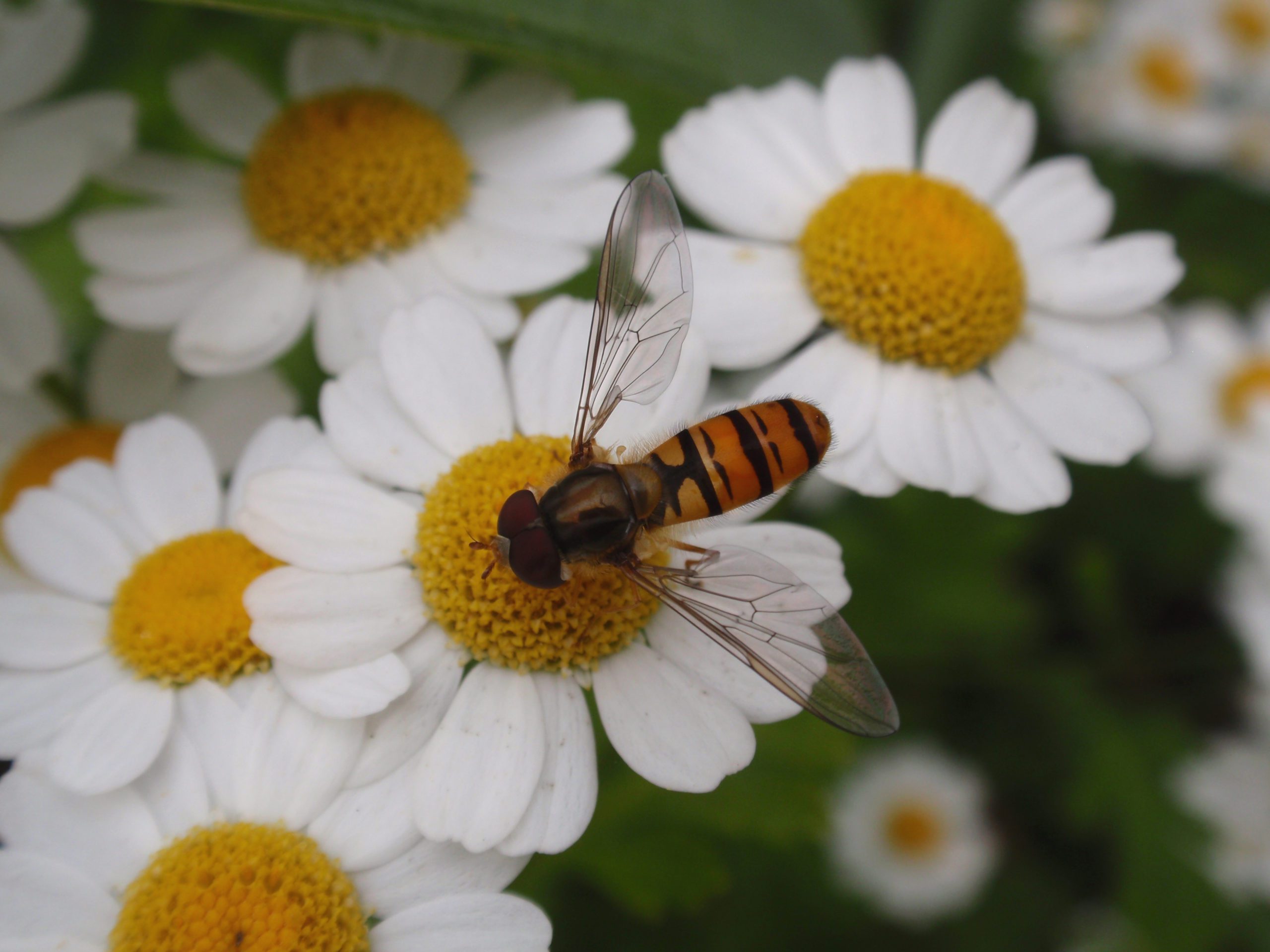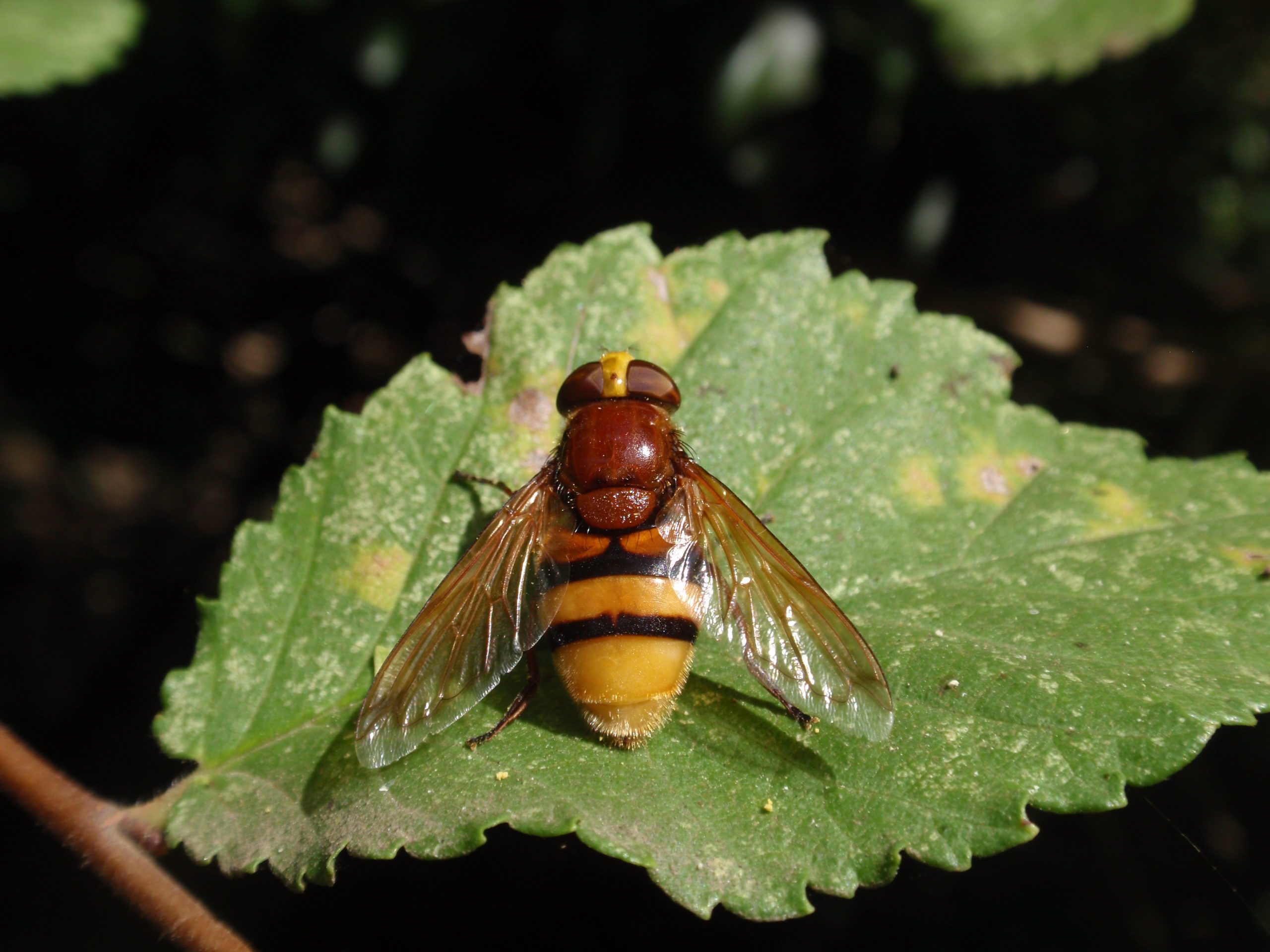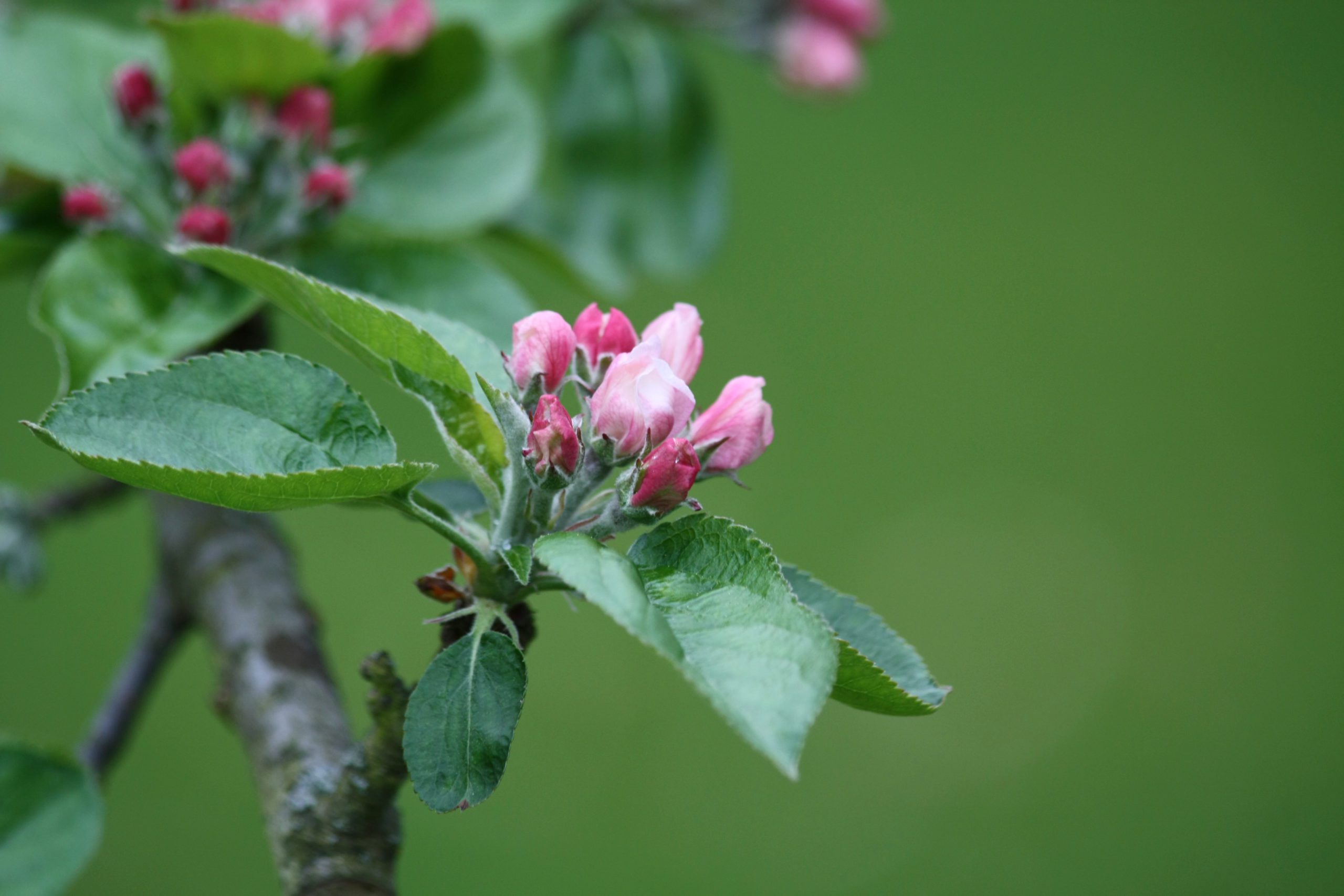Pollinators On The Move
23rd April 2021
When I mention migration, images may spring to mind of vast numbers of wildebeest charging across the plains of Africa. Perhaps you think of swallows returning to our shores in the spring, or salmon leaping up waterfalls. There are countless examples of animals migrating and our pollinators do this more commonly than you might think. We also have new colonists arriving from the continent – could you be the first to spot one of these?
Migration
In North America, millions of Monarch butterflies migrate each year in one of nature’s great spectacles. A similarly epic migration occurs in the UK, with Painted Lady butterflies from sub-Saharan Africa migrating northwards in stages as successive generations before reaching us. Many of our moths also migrate like the Hummingbird Hawk-moth that can be seen hovering in our gardens while its long proboscis extracts sugary nectar from flowers. The final of the Euros in 2016 saw Silver Y moths descend on the bright lights of the Stade de France and Cristiano Ronaldo have a “moth on face” moment.
Migrations that are perhaps less well known in the insect world are those of our bumblebees and hoverflies. Recent research suggests that bumblebee queens may undergo mass migration, possibly in order to find suitable nesting sites. Use of radar has enabled scientists to observe trillions of migrating insects, with one of our most common hoverfly species, the Marmalade Hoverfly, making the journey across the Channel in great numbers each year.
New colonisers
As well as our regular visitors from foreign lands, we often have new species landing in the UK, making their way naturally from continental Europe. The Tree Bumblebee colonised the UK 20 years ago on the south coast and has since spread right up into Scotland, perhaps benefiting from the bird boxes we like to provide in our gardens where it can often be found nesting. The spectacular Violet Carpenter Bee is a large bee that is increasingly seen in the UK and appears to be starting to breed more regularly.
We hear so much doom and gloom about insect declines, but there is also good news that should be celebrated. Some of our pollinators have been expanding their range in the UK, perhaps as a result of climate change. Some examples include: the Comma butterfly, the Jersey Tiger Moth, the Bee Wolf and the hornet mimic hoverfly Volucella zonaria.
Record your sightings
Kent is often the first place in the UK where new species turn up from continental Europe. You could be in the right place at the right time and be the first to spot one of these, so keep your eyes peeled!
Recording pollinator sightings when you’re out and about is really valuable, helping us to have a better understanding of how healthy their populations are. You can do this by submitting records through iRecord, which also has an app associated with it so you can use it on the go. If you’re not sure how to identify what you’ve seen, there are some really useful Facebook groups out there that can offer help such as:
If you’re not on Facebook, the iSpot website is a also a good place to go for identification help.
Popular articles
Walking the Pilgrims Way
Experience the beauty of walking across the Kent Downs NL through the…
Pumpkin Picking in Kent
Get ready for pumpkin picking season and head out with loved ones…
Walk Leader Volunteer Opportunity
Discover how you can become a walk leader in Medway! Uncover the…

